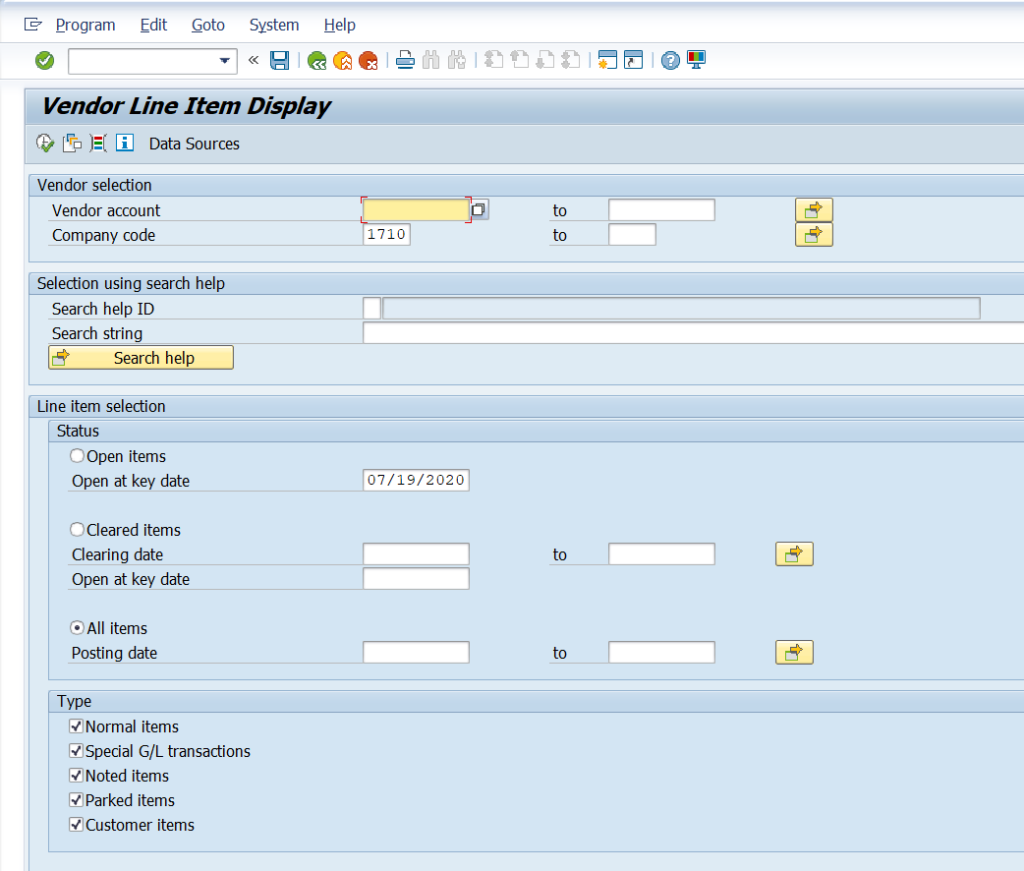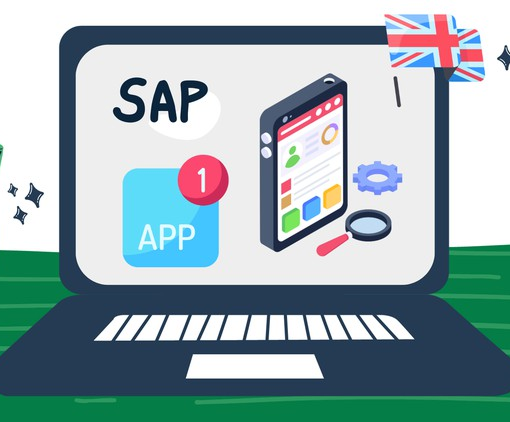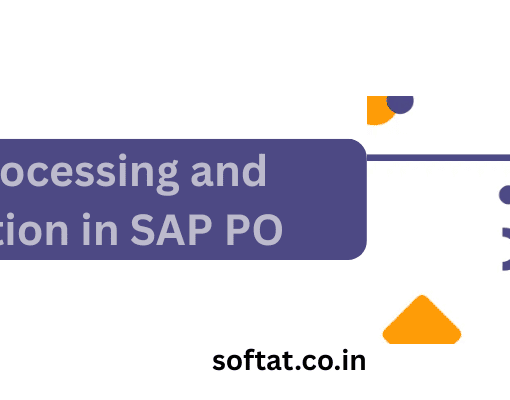fbl1n tcode in SAP: Your Guide to Vendor Line Item Display in SAP

In the intricate world of SAP, managing financial data with precision is paramount. Enter FBL1N, a powerful transaction code (tcode) that empowers you to delve into the details of your vendor line items. This blog equips you with a comprehensive understanding fbl1n tcode in SAP, transforming you into a master of vendor line item exploration within your SAP system.
What is FBL1N?
FBL1N stands for “Fibu (Financial Accounting) Beleg Line Items – Display.” In simpler terms, it’s a tcode that allows you to view and analyze line items associated with your vendors. These line items represent individual transactions within your accounts payable (AP) process, such as invoices, credit memos, and down payments.
Why is FBL1N Important?
FBL1N serves a multitude of purposes in the realm of vendor management and financial reconciliation:
- Vendor Invoice Review and Analysis: Need to scrutinize a specific vendor invoice? FBL1N allows you to drill down into individual line items, examining details like invoice amounts, due dates, and tax information.
- Reconciling Accounts Payable: Reconciling vendor accounts is a crucial aspect of financial control. FBL1N empowers you to compare line items with corresponding purchase orders and receipts, ensuring accuracy and timely payments.
- Monitoring Outstanding Payments: Identify and manage outstanding vendor payments efficiently. FBL1N provides a clear overview of open line items, enabling you to prioritize payments and maintain healthy vendor relationships.
- Investigating Discrepancies: Encountered a discrepancy in your vendor accounts? FBL1N allows you to trace the origin of a specific line item, aiding in resolving discrepancies and ensuring data integrity.
Unlocking the Power of FBL1N: A Step-by-Step Guide
Ready to leverage FBL1N for your vendor line item exploration needs? Here’s a step-by-step guide:
- Launch FBL1N: Navigate to the SAP Easy Access Menu and enter “FBL1N” in the command field.
- Selection Criteria: The screen displays various selection parameters. Here’s what you can specify:
- Vendor: Enter the specific vendor you want to view line items for.
- Company Code: Select the relevant company code for your financial data.
- Doc. Date/Posting Date: Filter line items by document or posting date range.
- Doc. Type: Specify the type of document (e.g., invoice, credit memo) you’re interested in.
- Open/Cleared/All Items: Choose whether to view only open items (unpaid invoices), cleared items (paid invoices), or all items.
- Execute: Once you’ve defined your selection criteria, click “Execute” to display the relevant vendor line items.
Understanding the FBL1N Output
The FBL1N output displays a table containing detailed information on your selected vendor line items. Here are some key fields:
- Document Number: Unique identifier for the specific invoice, credit memo, etc.
- Document Type: Type of document (e.g., invoice, credit memo).
- Doc. Date/Posting Date: Date the document was created and posted.
- Currency: Currency in which the transaction is denominated.
- Amount: Total amount of the line item.
- Balance: Outstanding amount for open items (zero for cleared items).
Advanced Features of FBL1N
FBL1N offers additional functionalities to enhance your vendor line item analysis:
- Sorting and Filtering: Sort and filter the displayed line items based on various criteria (e.g., document date, document type) for a more focused analysis.
- Drilling Down: Double-click on a specific line item to access further details, such as the corresponding purchase order or payment information.
- Exporting Data: Export the displayed line items to a spreadsheet format (e.g., Excel) for further analysis or sharing with colleagues.
By mastering FBL1N, you gain a powerful tool for in-depth vendor line item exploration within your SAP system. This empowers you to manage vendor relationships effectively, maintain accurate financial records, and ensure efficient accounts payable processes. So, the next time you need to delve into the details of your vendor transactions, remember FBL1N – your key to unlocking a wealth of valuable financial data in SAP.
YOU MAY BE INTERESTED IN:
A Guide to Successful IS-U Implementation




